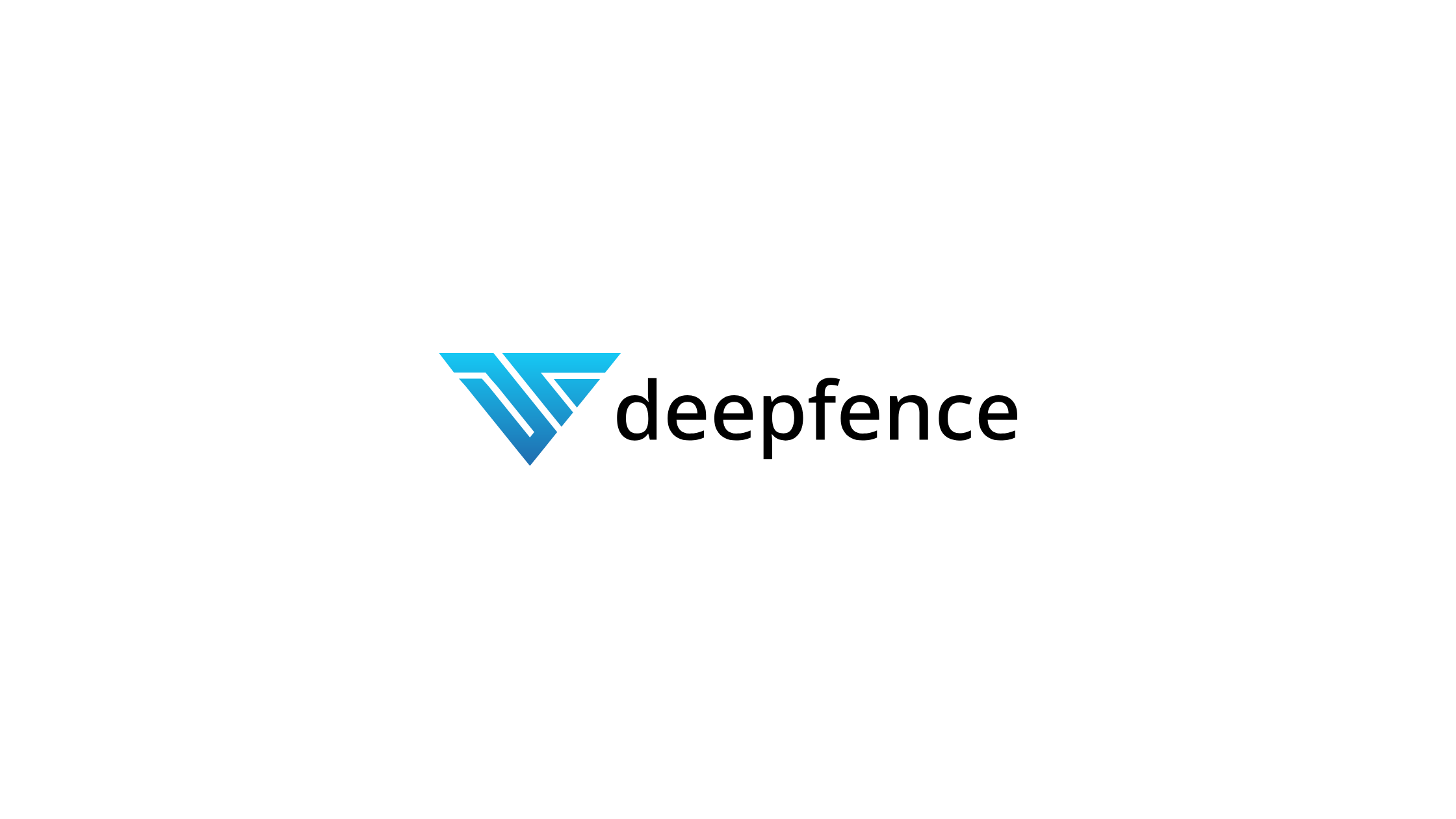Table of Contents
Deepfence
Freemium
Cloud-native applications, built on technologies like containers, microservices, and Kubernetes, offer unprecedented agility and scalability. However, this complex and dynamic environment presents significant security challenges. Traditional security tools often lack the visibility and context needed to effectively protect these modern applications. This is where Deepfence steps in, offering a comprehensive security solution designed specifically for cloud-native environments.
Deepfence is a security platform that goes beyond traditional Cloud Native Application Protection Platforms (CNAPP) by providing unparalleled security observability and deep context across the entire cloud-native stack. It integrates data from the cloud infrastructure, network traffic, and the applications themselves, enabling security teams to identify and respond to threats with greater speed and accuracy. Deepfence focuses on resolution rather than just threat detection by helping organizations prioritize and remediate security threats. You can also read more about Deepfence.
Key Features:
Comprehensive Cloud-Native Security: Secures cloud, Kubernetes, serverless, and on-premises environments.
Deep Security Observability: Provides unparalleled visibility into the security posture of your cloud-native applications.
Multi-Layered Threat Detection: Correlates security signals from the cloud, network, and application layers.
Vulnerability Scanning: Identifies vulnerabilities in containers, images, and infrastructure.
Compliance Monitoring: Ensures adherence to industry standards and best practices like CIS benchmarks.
ThreatGraph Visualization: Visualizes attack paths, enabling rapid identification of critical vulnerabilities.
Runtime Attack Analysis: Analyzes attacks in real-time to minimize potential damage.
Automated Incident Response: Automates responses to security incidents, reducing Mean Time To Resolution (MTTR).
Integration with ThreatMapper and ThreatStryker: Provides extended functionality and a comprehensive security solution.
Deepfence delivers complete cloud workload and application security built on a unified platform, trusted by thousands of companies.
Use Cases or Applications:
Deepfence addresses a wide range of security challenges in cloud-native environments. Some key use cases include:
Vulnerability Management: Identifying and prioritizing vulnerabilities in container images before deployment, reducing the attack surface. The combination of agent-based (sensors) and agent-less (cloud scanner) methods provides maximum coverage.
Threat Detection and Response: Detecting lateral movement of attackers within a Kubernetes cluster by analyzing network traffic and application behavior. It goes beyond simple detection by assessing the severity and potential impact of detected threats.
Data Exfiltration Prevention: Identifying unusual network traffic patterns that may indicate data exfiltration attempts.
Compliance Enforcement: Ensuring that cloud resources are configured according to security best practices and industry standards (e.g., CIS benchmarks, PCI DSS) using the Cloud Scanner.
Incident Response: Automating incident response workflows to quickly contain and remediate security incidents, reducing the impact of breaches. Deepfence's goal for 2025 is to assist organizations in achieving their cloud security resolutions by investing in tools, leveraging AI, and providing expert support. Learn more about ThreatMapper here.
What is Unique About Deepfence?
Deepfence's unique strength lies in its ability to provide deep context and visibility across multiple layers of the cloud-native stack. Unlike traditional security tools that focus primarily on the cloud layer, Deepfence integrates data from the cloud infrastructure, network traffic, and applications. This multi-layered approach enables Deepfence to:
Identify hidden threats: Detect threats that would be missed by tools that only monitor the cloud layer.
Prioritize risks effectively: Focus on the vulnerabilities that pose the greatest risk to the organization based on their exploitability and potential impact.
Accelerate incident response: Provide security teams with the context they need to quickly understand and respond to security incidents. Learn more about Deepfence.
Who Should Use Deepfence?
Deepfence is designed for organizations that are embracing cloud-native technologies and need a comprehensive security solution that can keep pace with the dynamic nature of these environments. The ideal user base includes:
Security Engineers: Responsible for securing cloud-native applications and infrastructure.
DevOps Teams: Integrating security into the development pipeline and automating security workflows.
CISOs: Overseeing the overall security posture of the organization and ensuring compliance with industry regulations.
Cloud Architects: Designing and implementing secure cloud-native architectures.
Compliance Officers: Monitoring and demonstrating compliance with security standards. Check out Deepfence on Crunchbase.
Supported Platforms & Installation:
Deepfence offers flexible deployment options to meet the needs of different organizations.
Cloud Scanners: Use Terraform to query cloud provider APIs for configuration and compliance issues, and the collected data is sent to either Deepfence ThreatMapper or ThreatStryker.
Sensor Agents: Can be deployed as a container on various platforms.
Kubernetes: DaemonSet (Helm chart)
Docker: Lightweight container
Amazon ECS: Daemon service (task definition)
AWS Fargate: Sidecar container (task definition)
Bare-Metal/VMs: Docker container
The Management Console can be deployed using Docker or Kubernetes. Detailed installation instructions can be found in the Deepfence documentation. You can read the Deepfence blog here.
Pricing:
Deepfence offers both open-source and commercial solutions.
ThreatMapper: The open-source version is free to use and provides basic vulnerability scanning and threat detection capabilities under the Apache 2.0 license. You can also see the ThreatMapper releases.
ThreatStryker: The commercial version offers advanced features such as runtime attack analysis, automated incident response, and enterprise-grade support. Pricing for ThreatStryker is available upon request. Contact Deepfence for more information.
Short Summary:
Deepfence provides a comprehensive security solution for cloud-native applications, offering unparalleled security observability and deep context across the entire stack. By integrating data from the cloud infrastructure, network traffic, and applications themselves, Deepfence enables security teams to identify and respond to threats with greater speed and accuracy. With its flexible deployment options and open-source offering, Deepfence is a valuable tool for organizations of all sizes that are looking to secure their cloud-native environments. It provides both detection and resolution of issues, helping reduce mean time to resolution, and enabling you to effectively prioritize risks. Learn more about ThreatStryker.
Found this tool interesting? Keep visiting thesecmaster.com, and our social media page on Facebook, LinkedIn, Twitter, Telegram, Tumblr, Medium, and Instagram, and subscribe to explore more useful tools like this.
Deepfence
Freemium
April 10, 2025
